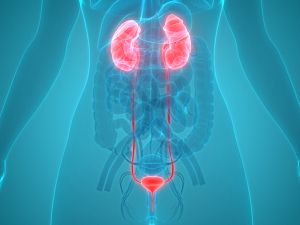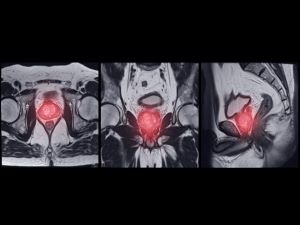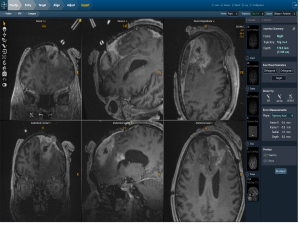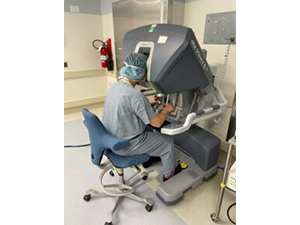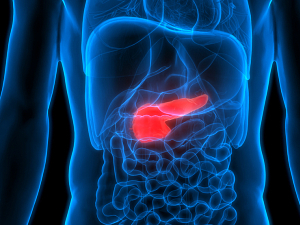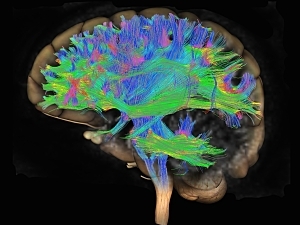Blood Metabolomic Profiles May Predict Outcomes of Endometriosis Surgery in Adolescents and Young Adults

About one-third of patients with endometriosis have persistent pelvic pain after surgical treatment. Brigham and Women’s Hospital researchers have conducted the first study of the relationship between presurgical blood metabolites and postsurgical pain in adolescents and young women with endometriosis.
Read More...